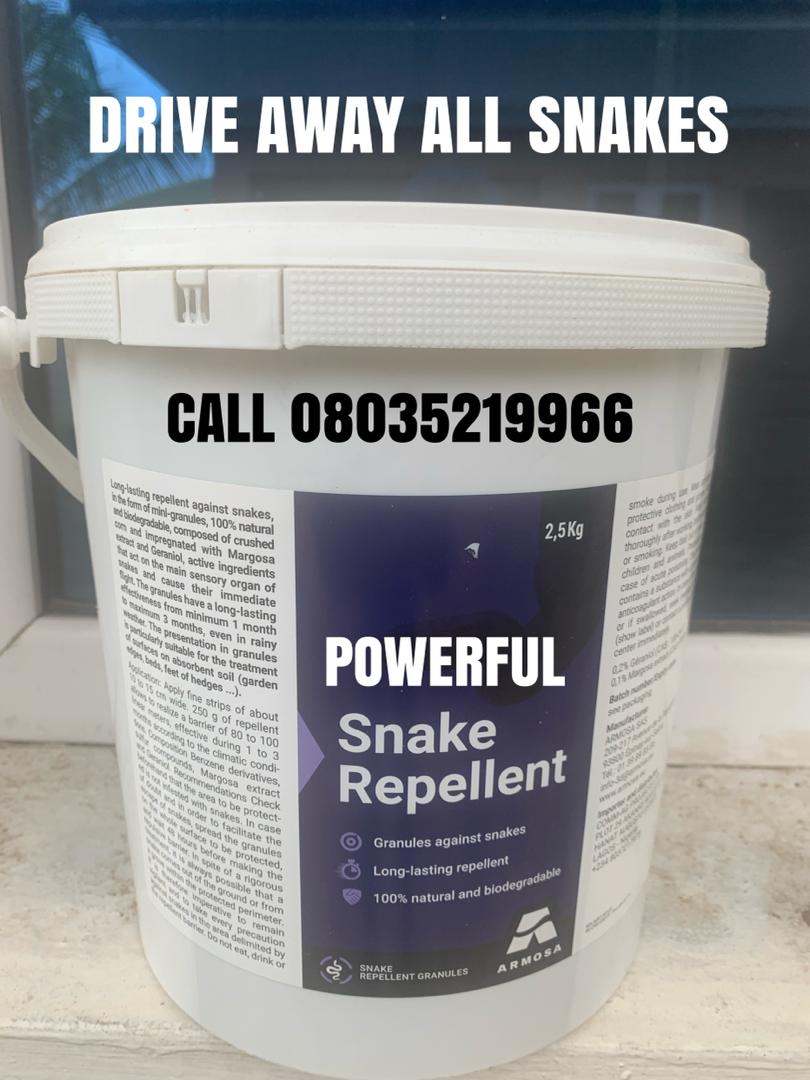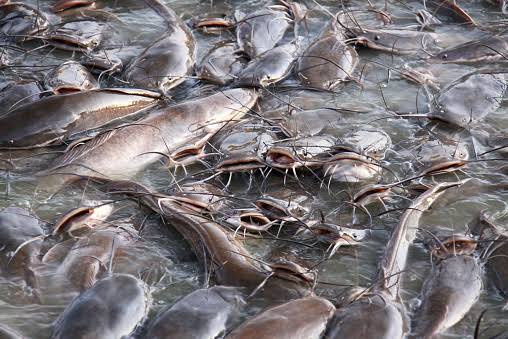 GET THIS NOW: AUTOMATED INCOME MACHINE
GET THIS NOW: AUTOMATED INCOME MACHINE
8 farming habits of unsuccessful farmers who struggle to progress in the catfish production business
1. Overstocking Ponds
 Learn More
Learn More• Unsuccessful catfish farmers often overcrowd their ponds, thinking it will yield more fish. However, overstocking leads to poor water quality, stunted growth, and higher mortality rates due to competition for food and oxygen.
2. Inconsistent Feeding Practices
• Skipping feeding schedules or providing inadequate amounts of feed is a common habit of unsuccessful farmers. Inconsistent feeding leads to slow growth, undernourishment, and lower fish yields, directly impacting profits.
Invest in this knowledge-packed ebook promptly.  20 questions to ask your poultry farm manager everyday
20 questions to ask your poultry farm manager everyday
3. Poor Water Management
• Unsuccessful farmers neglect proper water quality management, leading to water that is too dirty, low in oxygen, or contaminated. Poor water quality results in disease outbreaks, low survival rates, and poor fish health.
READ ALSO How To Effectively Manage Diseases in Earthen Ponds For Catfish Production
4. Lack of Disease Prevention Measures
• Failing to implement biosecurity and health management practices, such as monitoring for early signs of disease or using preventive treatments, results in frequent disease outbreaks, high mortality rates, and significant financial losses.

5. Ignoring Water Temperature Control
• Unsuccessful catfish farmers overlook the importance of maintaining optimal water temperatures. Extremes in water temperature can slow down the growth of fish or cause stress, resulting in reduced production and lower survival rates.
6. Using Low-Quality Fingerlings
• Cutting costs by using low-quality or unhealthy fingerlings often backfires. Poor-quality stock leads to slow growth, susceptibility to diseases, and lower overall yields, which limits the farm’s potential for profit.
Invest in this knowledge-packed ebook promptly.  39 fundamentals for poultry broiler production management
39 fundamentals for poultry broiler production management
7. Lack of Record-Keeping
• Unsuccessful catfish farmers fail to keep detailed records of feed quantities, fish growth, water quality, and costs. Without these records, it’s difficult to identify inefficiencies, adjust feeding practices, or plan for future production improvements.
8. Neglecting Market Research
• Unsuccessful farmers don’t stay informed about market demand, pricing trends, or customer preferences. This lack of market research can lead to poor timing when harvesting or selling fish, resulting in low profits or unsold stock.
ATTENTION: Click “HERE” to join our WhatsApp group and receive More updates directly on your WhatsApp!
These habits contribute to inefficiency, low productivity, and financial losses, preventing catfish farmers from growing their operations and succeeding in the competitive aquaculture industry.
🟣CREATED BY DR JOSEPH DEJI-FOLUTILE















